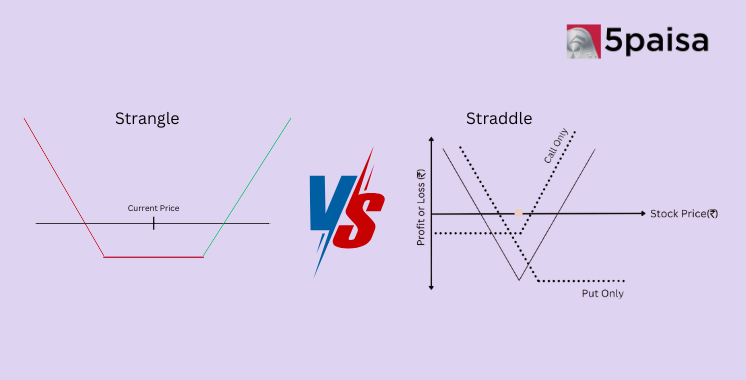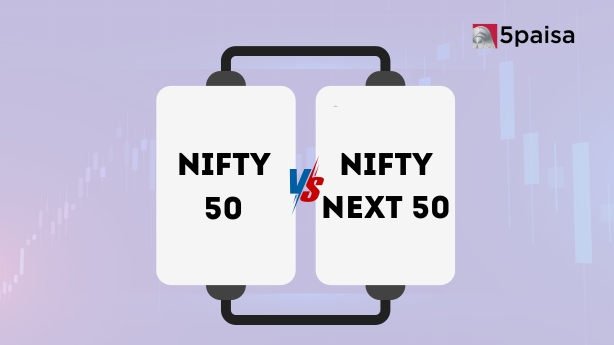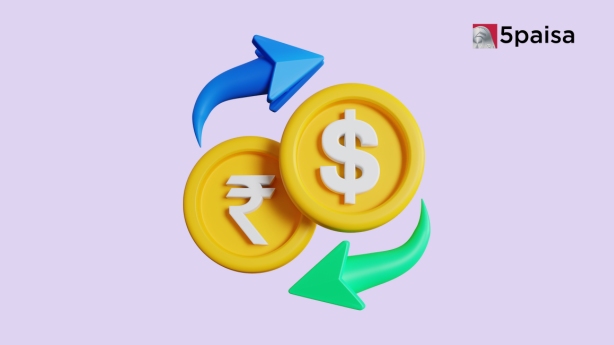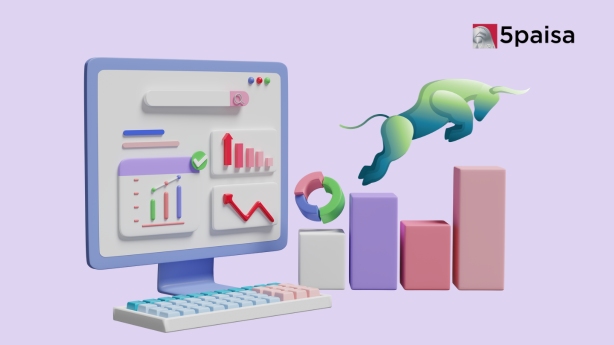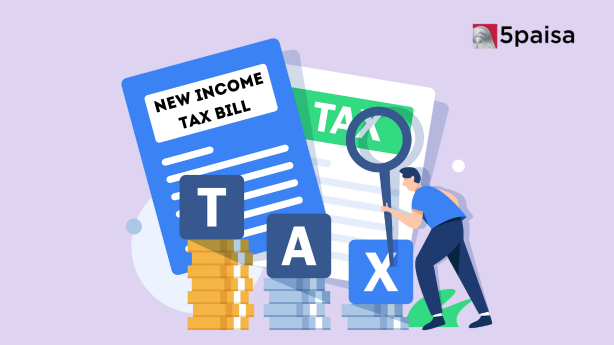The new cola war: Can Campa help Reliance challenge Coke, Pepsi?
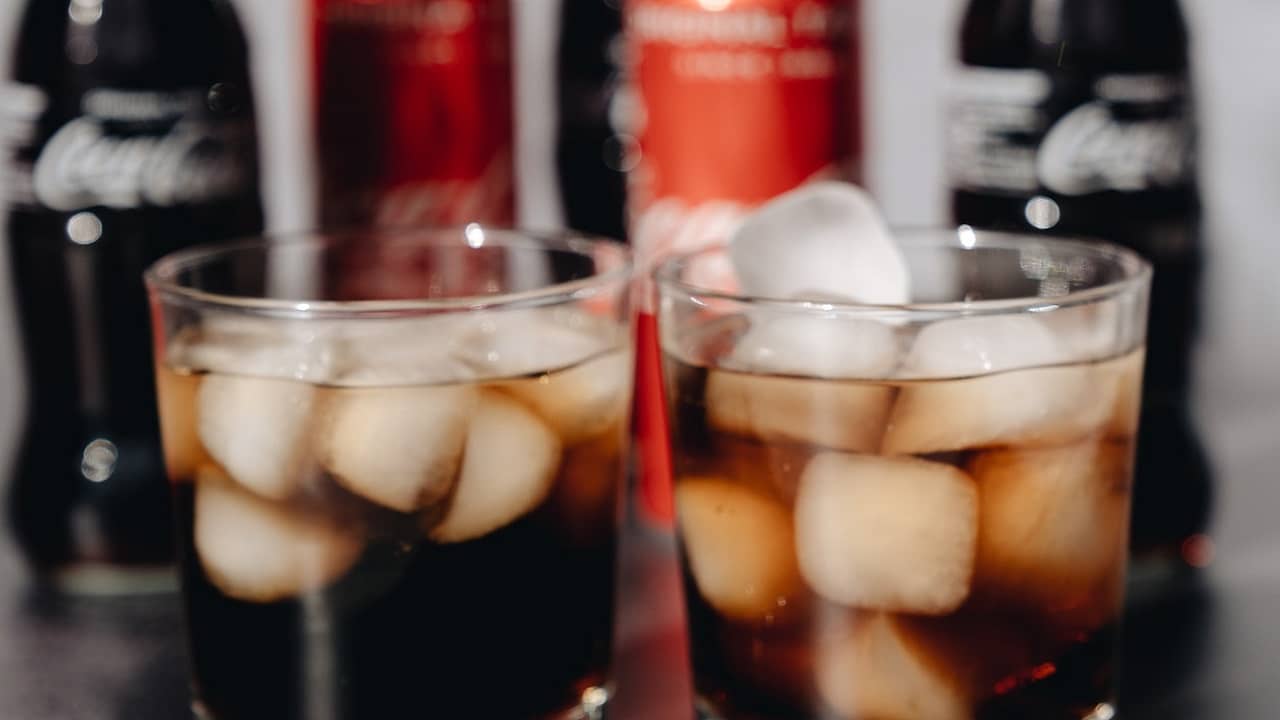
India’s cola wars had long been settled, with the country’s fizzy drinks industry being dominated by two US-based giants—Coca-Cola and Pepsi.
In fact, that market has been so well divided up among these two behemoths that even the other smaller brands- Sprite, Slice, Limca, Fanta, 7 Up and Thums Up—are now owned by one of these two players, leaving virtually no room for local Indian manufacturers.
And just when Coca Cola and Pepsi would least have expected, in walks a potential disruptor—Mukesh Ambani.
Ambani’s Reliance Industries has acquired local soft drink brand Campa Cola from the Delhi-based Pure Drinks Group. While there is no official word on the cost of acquisition, media reports put the deal value at Rs 22 crore.
A Rs 22-crore deal would typically not even register as a blip on the radar of those watching India’s largest conglomerate. But this one reportedly has the two big cola companies looking for cover. For, Reliance reportedly wants to take Campa Cola big.
According to a report by The Financial Express, Reliance Retail Ventures, the group’s retail arm now headed by Ambani’s daughter Isha Ambani, is set to introduce Campa to the general trade and local markets around Diwali. The company has reportedly already re-introduced three flavours—cola, lemon and orange—of this once-blockbuster brand across select stores.
Reliance’s foray into the cola business is a part of its planned foray into the fast-moving consumer goods (FMCG) segment. As part of its expansion drive in the FMCG segment, Reliance is already in talks with several makers, which would be announced subsequently once the deals are finalised.
Campa—A storied past
The Pure Drinks Group, which has just sold the brand to Reliance, first brought Coca Cola into India way back in 1949. In 1977, the then Janata Party government led by Morarji Desai, banned foreign soft drinks and Coca Cola was forced to leave India.
It was in the wake of Coca Cola’s forced exit that Pure Drinks introduced Campa Cola, and the brand became a runaway success.
For 15 years, Campa had a nearly monopolistic run in India, until foreign competition was allowed back in the wake of the liberalisation of the 1990s, and both Pepsi and Coca Cola re-entered India, denting its prospects significantly and forcing it to scale down its operations.
According to a report from market research firm Research and Markets, the Indian carbonated beverages market segment was valued at Rs 13,460 crore in FY2020 and is expected to reach a value of Rs 34,964 crore by FY27. Some other research reports, however, predict slower growth.
And now, Reliance’s entry on the scene has Coca Cola India and Pepsi India worried, and for good reason.
You see, in 2021, business from India drove their growth. For both the fizzy-drink majors, healthy double-digit growth in India lifted their overall sales beyond pre-COVID levels.
According to a report in the Business Today magazine, during the fiscal year ended December 25, 2021, New York, US-headquartered PepsiCo, reported a whopping 38% growth in volume of its convenience foods business—primarily representing its popular snacks like Lays, Doritos and Kurkure.
Pepsi
Pepsi, whose bottling operations in India are almost entirely handled by the Jaipuria group’s Varun Beverages Ltd, said that “double-digit growth in India and Pakistan and high-single-digit growth in the Middle East” were key factors behind its superior performance. PepsiCo, which markets the fast-selling brands Pepsi Cola, Mountain Dew and Mirinda, said that its beverages business posted healthy volume growth. “Beverage unit volume grew 20%, primarily reflecting double-digit growth in India and Pakistan.”
One way to gauge the rise in the fortunes of Pepsi in India is to see how well Varun Beverages has done. Started in 1995, around the time Pepsi entered India, Varun Beverages is now a large cap stock with a market capitalization in excess of Rs 67,000 crore.
For the quarter ended June 2022, the company reported consolidated total income of Rs 4,965.29 Crore, almost double from a year earlier, with net profit after tax of Rs 802 crore.
Coca-Cola India
The BT report cited earlier further said that Coca-Cola—the largest aerated drinks player globally and in India—also benefitted from better recovery in sales in the country. In 2021, its unit case volume grew 8%--overtaking the pre-COVID levels in 2019 as India emerged one of the key growth drivers. During the December quarter, its volumes grew by 11% in the Asia Pacific region, driven by superior growth in markets like India and China. Incidentally, India is the fifth largest market by revenue contribution for the Atlanta-based cola giant.
“For both the (December) quarter and the year, growth in developing and emerging markets was led by China, India and Russia, while growth in developed markets was led by the United States, Mexico and the United Kingdom,” Coca-Cola said in a post-earnings conference call in February 2022
The marketer of popular cola brands like Thums Up, Sprite and Coca-Cola had suffered heavily during the lockdowns in India. In the September 2020 quarter, poor sales in India led to a 10% drop in its bottling business. During the April-June 2020 quarter, Coca-Cola’s operations took a significant hit due to the stringent lockdown in India.
Disruption in the Indian market had impacted all aspects — from volume offtake to its key sparkling beverages business. Global volume offtake dropped 16% year-on-year and its aerated drinks business fell 12% YoY, with the lockdown being the major factor. Products under its flagship Coca-Cola had contributed significantly towards the decline in its sparkling beverages business. The trademark Coca-Cola business fell 7%, while the Coke Zero Sugar segment declined by 4%.
And now Ambani cola?
Most analysts say that, at Rs 22 crore, the size of the deal is deceptive and Ambani could have big plans ahead to disrupt the cola market in India.
While the company has been tight-lipped about its plans, some analysts are of the view that Reliance’s bid to revive a once dominant but now dead brand could work if it can plan on the nostalgia factor well.
Having said that, it may be easier said than done. While older customers who were teenagers or in their 20s in the 1970s are of a much older vintage now, the current young generation has no connect with the brand.
So, for now, this seems to have been a calculated risk, where Reliance does not want to burn too much money trying its hand in a market it has had no previous history in.
And then there are the health-conscious youngsters who are moving away from colas and aerated drinks.
All of this should be enough food for thought to keep Isha Ambani busy. For now, she could beat the sweltering Mumbai heat, with an icy cold Campa Cola!
- Flat ₹20 Brokerage
- Next-gen Trading
- Advance Charting
- Actionable Ideas
Trending on 5paisa
Indian Stock Market Related Articles
Disclaimer: Investment in securities market are subject to market risks, read all the related documents carefully before investing. For detailed disclaimer please Click here.
 Tanushree Jaiswal
Tanushree Jaiswal
 5paisa Research Team
5paisa Research Team
 5paisa Research Team
5paisa Research Team
